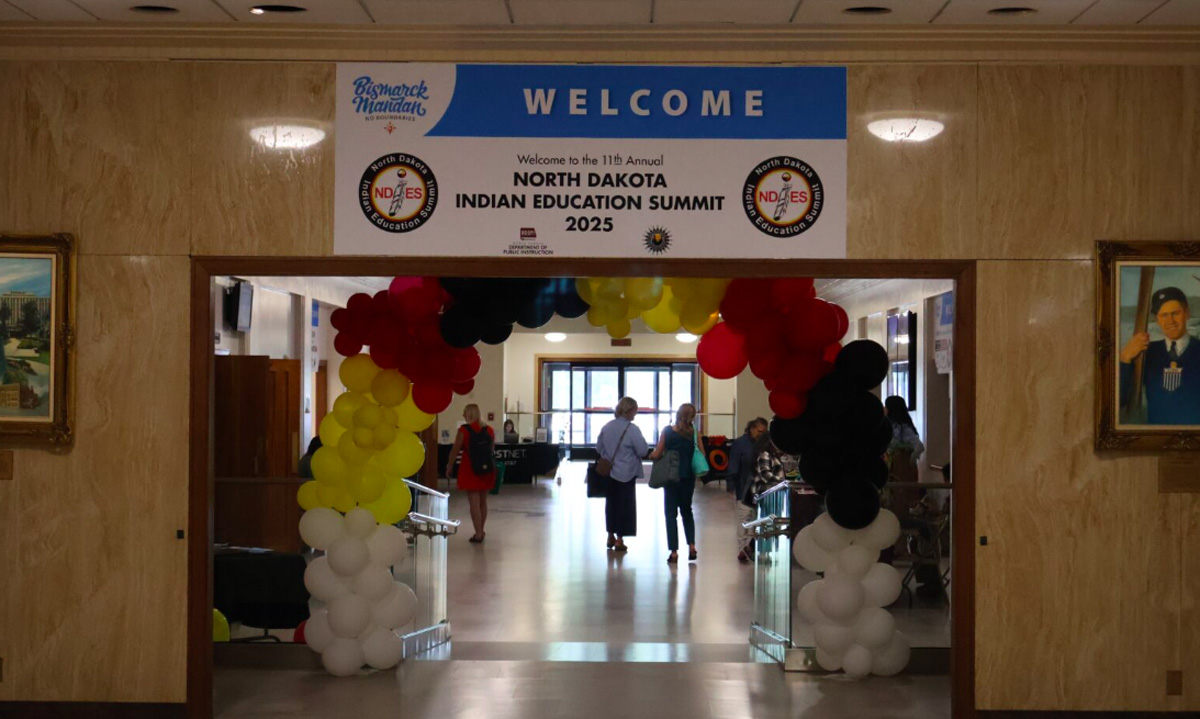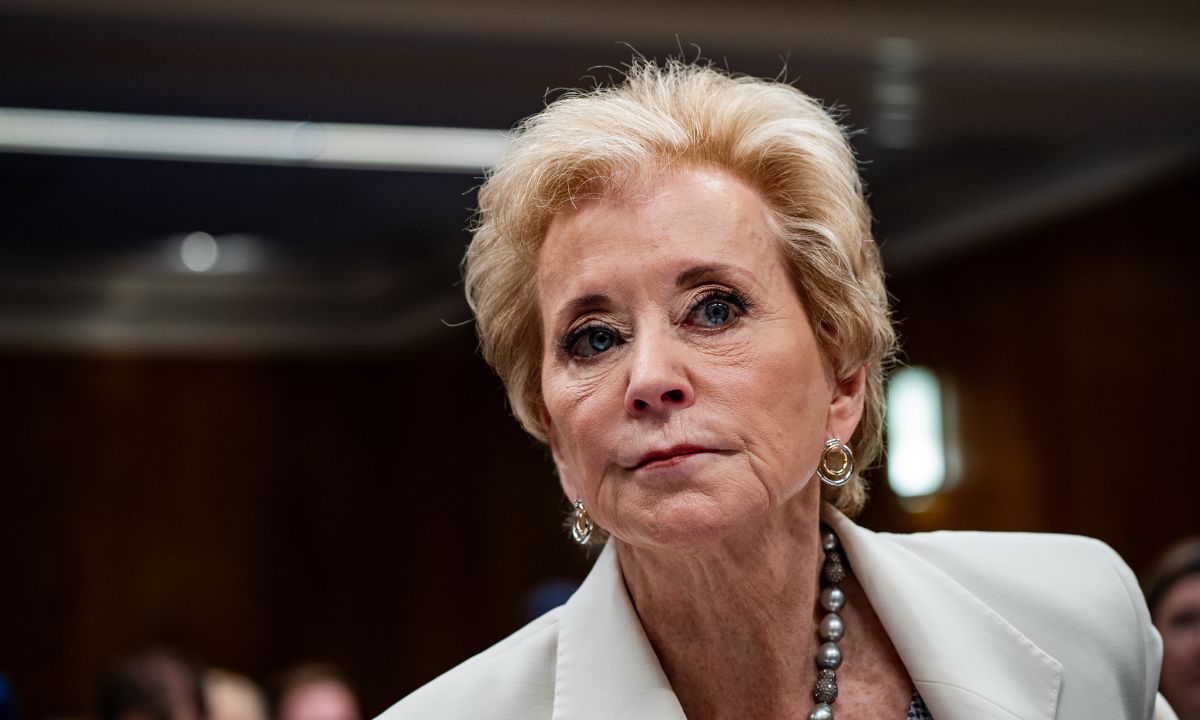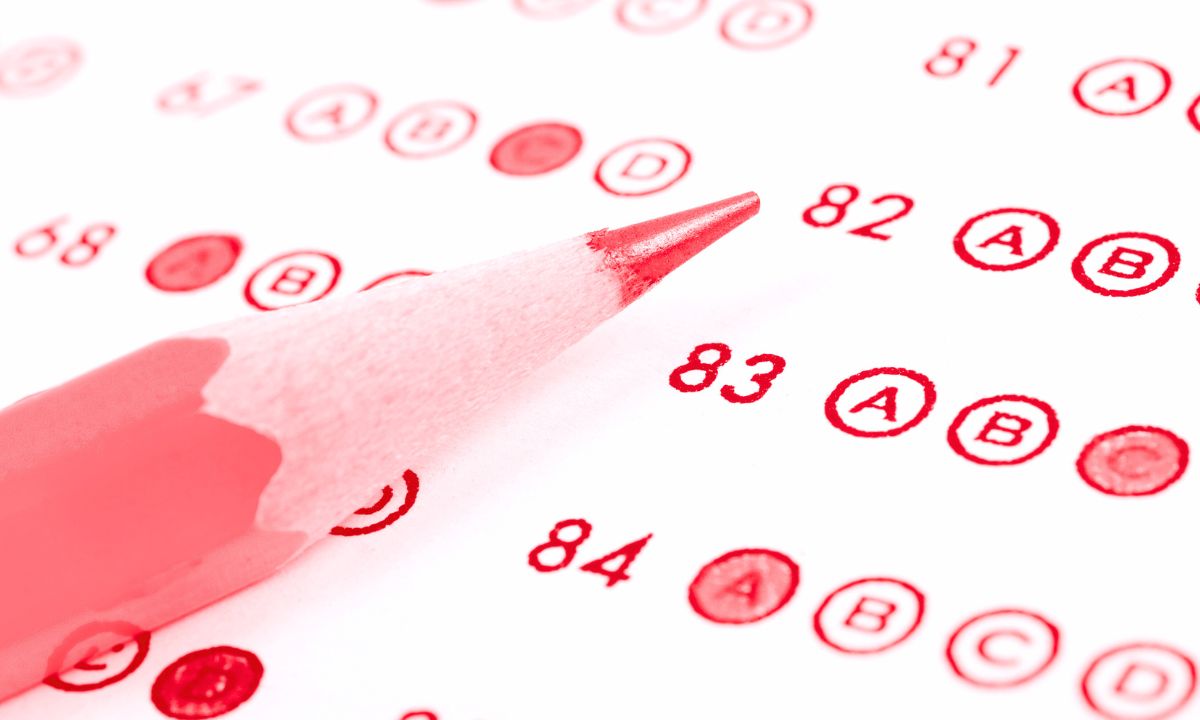How can you help pupils retain what they have learned? You tell them a tale, says Gladys Hawk, a Standing Rock Sioux Tribe member.
The North Dakota Department of Public Instruction’s Teachings of Our Elders website, which currently has over 350 videos, features Hawk and dozens of other tribe elders.
Hawk talked about the Lakota bedtime stories her grandmother used to tell her when she was a child in an interview conducted for educators at the Department of Public Instruction’s annual Indian Education Summit in Bismarck on Friday.
Hawk claimed that her grandma always included a significant life lesson at the conclusion of each story.
“And that’s why I want you to be good,” she would say. “Don’t be like this one in the story,” Hawk continued. We must pay attention to what our elders have to say because they are typically imparting valuable knowledge to us.
Hawk’s interview was cited by Sharla Steever and Scott Simpson, who produced the videos for North Dakota’s Native American Essential Understandings initiative, as an illustration of how educators may include Native history and culture into the classroom.
Steever stated of the Teaching of Our Elders videos, “You can pull those stories in whenever you want, if you want to focus on a concept or a theme or something historical that the elder is speaking about.”
According to Steever, storytelling fosters a feeling of camaraderie in the classroom. According to her, children are more likely to remember material when they can relate it to a personal story.
In 2021, the state Legislature passed a bill requiring Native history to be taught in North Dakota’s K–12 schools. According to Steever, the website is one of several tools created by the Office of Indian and Multicultural Education at the Department of Public Instruction to assist schools in this regard.
According to her, interviews with elders are still occasionally conducted by the Department of Public Instruction. But setting it up might be challenging.
Although the organization prefers to provide stipends to participating elders, Steever stated that financing is scarce.
According to her, there has never truly been a budget for it. She emphasized that the department must juggle the interviews with its other tasks.
Steever stated that she is currently working on a second series of video interviews with elders from Sisseton-Wahpeton Oyate.
The conference’s young speaker, Haiden Person, a recent Bismarck High School graduate, stated Friday that increasing the amount of Native American history and culture taught in schools is essential to addressing anti-Indigenous prejudice.
According to Person, a member of the Standing Rock Sioux Tribe, “they don’t know it’s wrong; you just have to teach them.”
Person intends to enroll at United Tribes Technical College in the autumn after just graduating from Bismarck High School. The individual stated that he has a strong interest in mental health and intends to pursue a career as a psychiatrist.
Daniel Kish, president of World Access for the Blind and a specialist in human echolocation—the use of sound to detect objects—was also invited to give a keynote lecture at the summit.
Since he was a year old, Kish has been blind. He claimed that his parents wanted him to be independent despite his condition, which is how he acquired the skill to echolocate. He currently assists other blind persons in learning the art.
According to him, it’s a skill that gives you awareness of the surroundings that extend far beyond the reach of your cane.
He stated that researching how people form a feeling of agency and personal identity is one of his larger objectives. Kish expressed his gratitude for Person’s discussion about mental health and the value of relying on others in your community.
Kish remarked, “Haiden was right; don’t be afraid to ask for help.”






